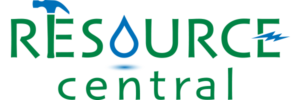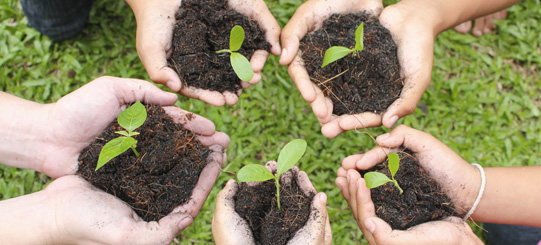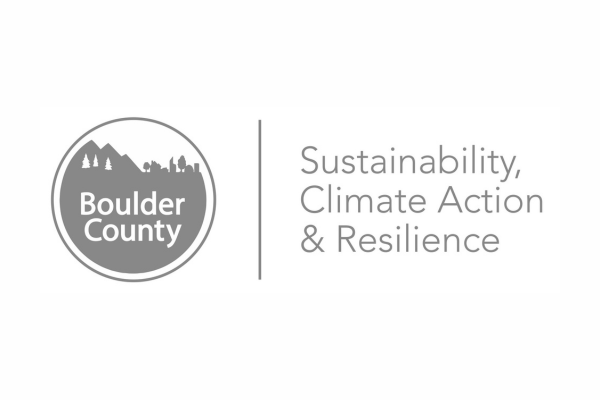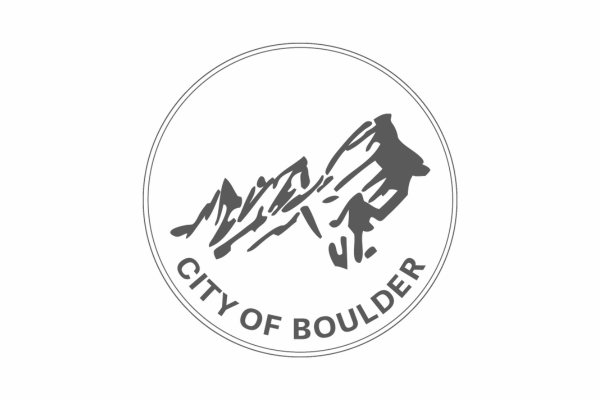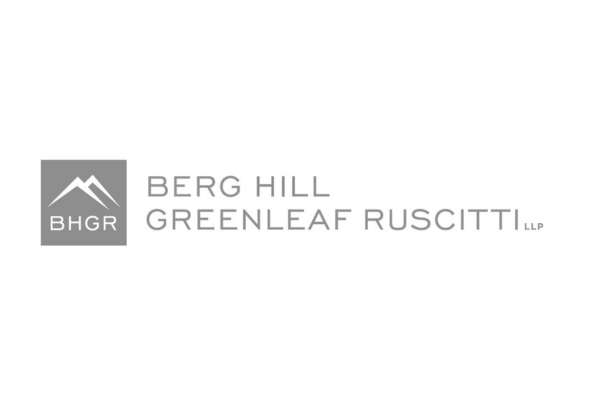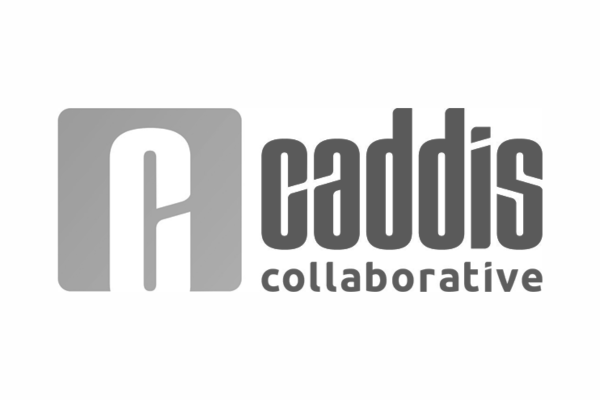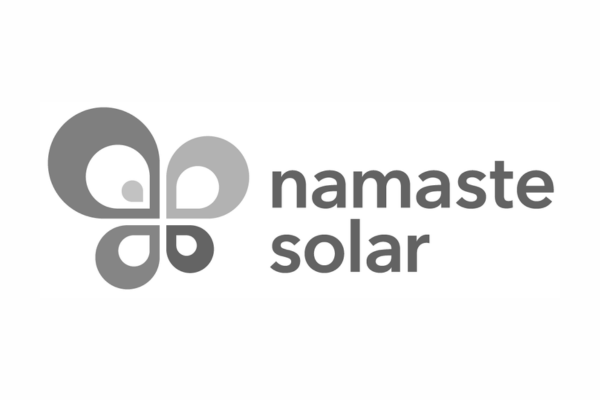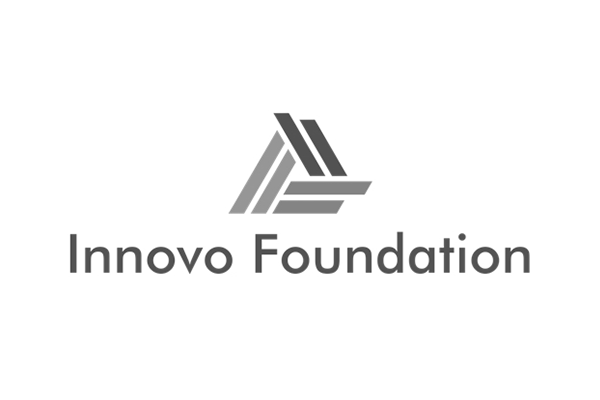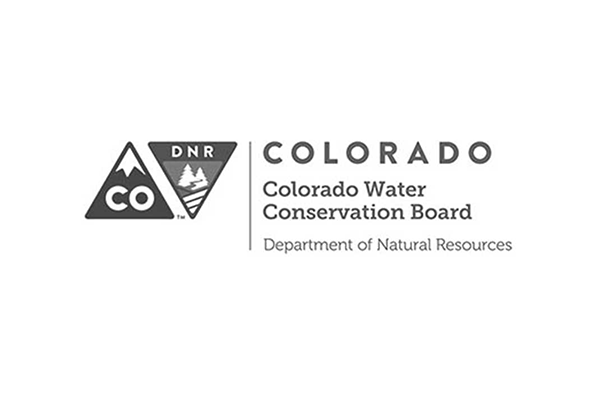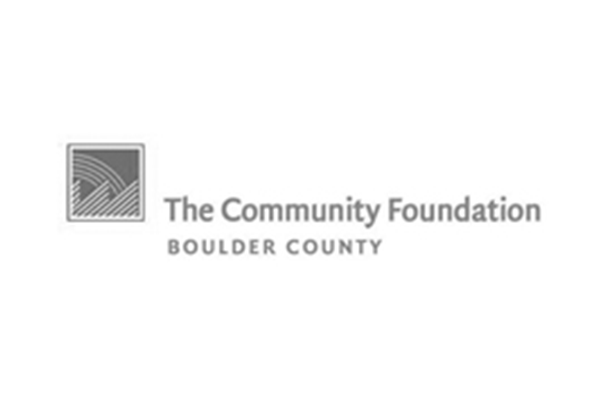The Center for ReSource Conservation puts conservation into action through a portfolio of conservation programs. Whether we are reclaiming building materials towards a zero-waste community at ReSource or saving water by upgrading the Pre Rinse Spray Valve at your favorite restaurant, CRC is out there, in your community, making us all more sustainable. When it comes to water in Colorado, conservation is a particularly salient ingredient in our ability to thrive as our population grows. To fully understand our place in the bigger picture, let’s take a look at the economics at play: the supply and demand of water in the square state.
There are two ways we get our water: precipitation and underground water. On average, Colorado gets 20 inches of precipitation every year. Almost all of that falls as snow. Regardless of the form, the precipitation collects in watershed systems and is measured by way of the output of rivers, in acre feet. The state’s rivers generate about 16 million acre feet of water each year, but about ⅔ of this water is contracted to other states through interstate contracts. The other tricky part of the equation is that our water supply mostly heads west, as it travels down the Colorado, Yampa, Gunnison and other major river basins. 80%, that’s right, 80% heads, west, while about 80% of us live on the Eastern Slope. The other 20% is Colorado ground water, which about 18% of the population relies on as their primary source.
This brings us to the very important issue of demand. While we may not have control over how much it rains or snows, we do have some control over how much water we use. This is the variable part of the equation and where CRC focuses its effort. To get down to the numbers, approximately 5 million people lived in Colorado in 2008. That number is expected to grow to at least 8.7 million by 2050, with most of those people settling in the Front Range. With our current population, we are constantly on the verge of outstripping our supply and grappling with persistent droughts. And, remember, it’s not just us using this water! Over 90% of the wildlife in Colorado lives in riparian zones.
The economic conclusion here is simple: demand will exceed supply soon. At least by 2050, if not sooner. Economically this means that the price of water will shoot up, making our measly cents per gallon cost seem like the 99 cent gas that we so fondly reminisce about from the 90’s. Except that water isn’t gas. We can ditch our cars, but we will always need water. With water as an essential element of human rights, it is our collective responsibility to ensure equal access to clean water. For Colorado, this is not just a local problem because we are contracted to have a stake in the well-being of other states and Mexico too.
The first consideration in figuring out how to lower our water use is to take a look at how we currently spend our water, so to speak. Water deliveries in Colorado by percent are 86% towards agriculture, 7% municipal/domestic, 3% recreation/fisheries, 2% industrial/commercial, with the other 2% made up by a variety of oddball uses. Yes, we need to address the big dogs, working to make agriculture and industrial water use more efficient and less wasteful. But for now, lets keep our attention focused on what we can do, as people, families, communities. From a practical, low-hanging fruit perspective, it seems logical to go after the non-essential water uses. Looking at the 10% of water use that directly connects to our lifestyle. The 10% that is in our direct control is no small chunk of change at about 1.6 million acre feet per year. And guess what single use makes up at least 50% of our water use pie? Turf. Yup, that cushy green carpet that we take for granted under our feet drinks more water than we do.
Alternatives to high-water turf come in different forms but all lead to the same objective: using water differently, more efficiently, better. One program instituted to address this more efficient water use is Slow the Flow, an irrigation audit service that enhances the beauty of your lawn, while reducing your water use by up to 60%. Using a cycle and soak technique, our water technicians fine tune your system for optimal results. And, for about 250,000 of you, this service is available at no cost, thanks to your conservation minded water utilities.
We also offer Garden In A Box, a Xeriscape program that reduces your water use by up to 100% if used to replace turf. You don’t have to get rid of all your turf, in fact these programs get along quite well together! Many of our customers have found ways to get the most out of small patches of turf, while enhancing the natural beauty of their yard with Xeriscape kits from Garden In A Box. The goal is to end up with an enjoyable and useful yard that uses as little water as possible. But none of this happens without YOU. Visit us at resourcecentral.org to get involved and help us put conservation into action.
